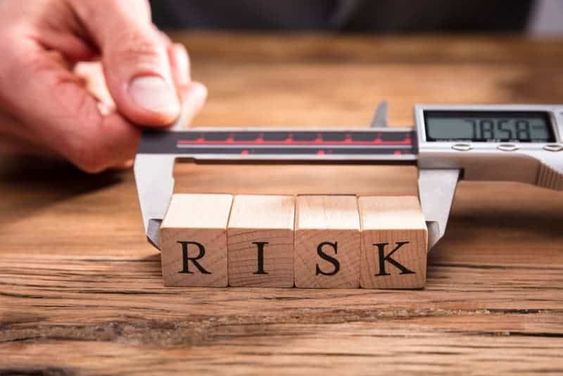Risky Investments, Lucrative Returns: Navigating Property Markets in Hazardous Zones
Read latest blogs and articles from Housystan

The Information mentioned here was last updated on:
30/11/2025Exploring property markets in hazardous zones presents both significant risks and promising opportunities for real estate investors. Across various regions, especially in areas prone to natural disasters such as hurricanes, floods, wildfires, or seismic activity, properties often come with lower purchase prices and the potential for high returns. However, understanding the complexities of investing in such locations is crucial for success. In this guide, we examine how savvy individuals can navigate the challenges, leverage local market dynamics, and make informed decisions in risky yet rewarding real estate sectors.
When considering property investments in hazardous zones, location-specific research is essential. For example, coastal areas in Florida, California’s wildfire-prone hills, or earthquake-affected neighborhoods in Los Angeles all have unique risk profiles. Understanding these local hazards, as well as the availability of mitigation strategies like flood barriers, fire-resistant materials, or earthquake retrofitting, is foundational. Municipal planning documents, zoning regulations, and historical data provide valuable insights that can help investors assess both immediate dangers and long-term viability.
Insurance plays a pivotal role in managing risk. In many hazardous regions, standard policies may not offer comprehensive coverage, necessitating specialized insurance products. By comparing different providers and understanding state-specific requirements, investors can protect their assets and ensure financial stability. Additionally, staying updated on government initiatives, such as grants for disaster-proofing or tax incentives for rebuilding, can enhance returns while supporting community resilience.
- Verified Tenants/Buyers
- Unlimited Property Listing
- Zero subscription/charges fee
Another critical aspect is tenant demand. In many high-risk zones, population growth and job opportunities drive rental demand, particularly in cities like Miami, New Orleans, or San Francisco. By focusing on neighborhoods with robust infrastructure and emergency preparedness plans, investors can attract long-term tenants seeking both affordability and safety. Strategic partnerships with local contractors, property managers, and real estate agents also provide a competitive edge, ensuring properties remain well-maintained and compliant with evolving regulations.
Ultimately, successful investment in hazardous zones requires a careful balance between risk mitigation and profit potential. By leveraging local market knowledge, securing appropriate insurance, and prioritizing community-focused improvements, investors can unlock lucrative returns while contributing to safer, more resilient neighborhoods. Whether targeting established cities or emerging markets, a geo-specific approach ensures both high visibility in search rankings and sustainable growth in diverse real estate environments.